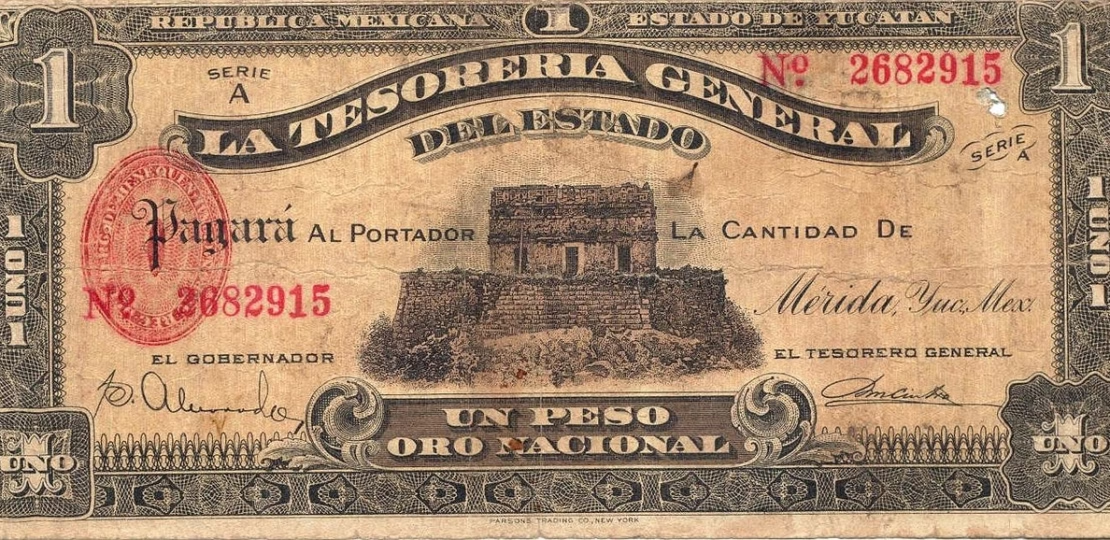“Stablecoins: The Bridge Between Traditional Finance and the
August 30, 2025 | by Sophia Vance

Stablecoins: The Bridge Between Traditional Finance and the Digital Economy
In the complex ecosystem of modern finance, stablecoins have emerged as the pragmatic lynchpin connecting the solidity of traditional currency with the boundless pace of the digital economy. As financial markets evolve, these digital assets promise to reshape how money flows across borders, how assets are traded, and how value is preserved in the face of cryptocurrency volatility.
The Rise of a New Financial Instrument
Traditional fiat currencies dominate the global economy, backed by governments and central banks. Cryptocurrencies, on the other hand, captivate with decentralization, programmable contracts, and transparency but wrestle with volatility and regulatory scrutiny. Enter stablecoins — tokens pegged to a stable asset like the US dollar, euro, or sometimes commodity-backed reserves.
Their design intentionally blends the best of both worlds: the stability and trust of fiat with the speed, accessibility, and programmability of blockchain technology. Consequently, stablecoins have grown from niche digital cash alternatives into indispensable tools within DeFi ecosystems, cross-border payment networks, and even institutional treasury operations.
Why Stability Matters
Volatility isn’t just an annoyance for crypto holders; it’s a fundamental barrier to everyday use. Imagine trying to pay your rent or buy groceries if the value of your money swings 10% or more in a day. Stablecoins solve this challenge by anchoring their value, providing a predictable medium of exchange that can function within wallets and exchanges across the globe.
This predictability has made stablecoins the preferred vehicle for transfer and settlement in crypto trading — accounting for nearly half of digital asset trading volume globally. Tether (USDT), USD Coin (USDC), and Binance USD (BUSD) are some of the dominant stablecoins powering this liquidity.
Bridging Traditional and Digital Finance
While stablecoins originate in the crypto space, their growth is steadily pulling traditional finance into blockchain’s orbit. Banks, payment networks, and even central banks are exploring stablecoins as a way to modernize money movement, reduce transaction costs, and increase transparency.
“Stablecoins have become the gateway for institutional money to experiment with blockchain without embracing full cryptocurrency risk.”
This gateway is vital. Institutional adoption drives volume, trust, and infrastructure development that further integrates digital finance with the existing system. It’s why many see stablecoins as a transitional asset – less volatile than Bitcoin or Ethereum yet much more efficient for real-time, programmable payments than legacy banking rails.
The Regulatory Balancing Act
With rapid growth comes regulatory scrutiny. Governments worldwide are keen to ensure stablecoins do not undermine monetary sovereignty, enable illicit finance, or threaten systemic stability. The debate centers on how to classify stablecoins — as currency, securities, or something new — and how to enforce reserve transparency and operational safeguards.
Recent regulatory proposals emphasize transparency and reserve backing, pushing issuers toward clearer reporting and audited reserves. This could ultimately enhance trust but also increase compliance costs, shaping stablecoin issuance to favor well-capitalized players over fringe operators.
The Future of Finance is Programmable
Looking ahead, stablecoins represent more than just digital dollars; they are the foundation for programmable money. Embedded in smart contracts, stablecoins enable automatic execution of payments tied to real-world events—think insurance payouts triggered by weather data or instant royalties disbursed upon content consumption.
As blockchain networks scale and interoperability improves, expect stablecoins to fuel cross-border commerce, decentralized finance innovation, and even new forms of economic organization we can barely imagine today.
Conclusion: The Steady Path Forward
Stablecoins are not just a technical innovation; they are a critical step in the evolution of money itself. By anchoring the reliability of fiat currency to the advantages of blockchain, they create a resilient bridge between traditional finance’s familiarity and the digital economy’s agility.
For investors and institutions seeking balance — between risk and opportunity, old and new financial paradigms — stablecoins are leading the charge toward a more fluid, transparent, and inclusive financial future. The future is not merely digital; it is smart, stable, and interoperable.

RELATED POSTS
View all



